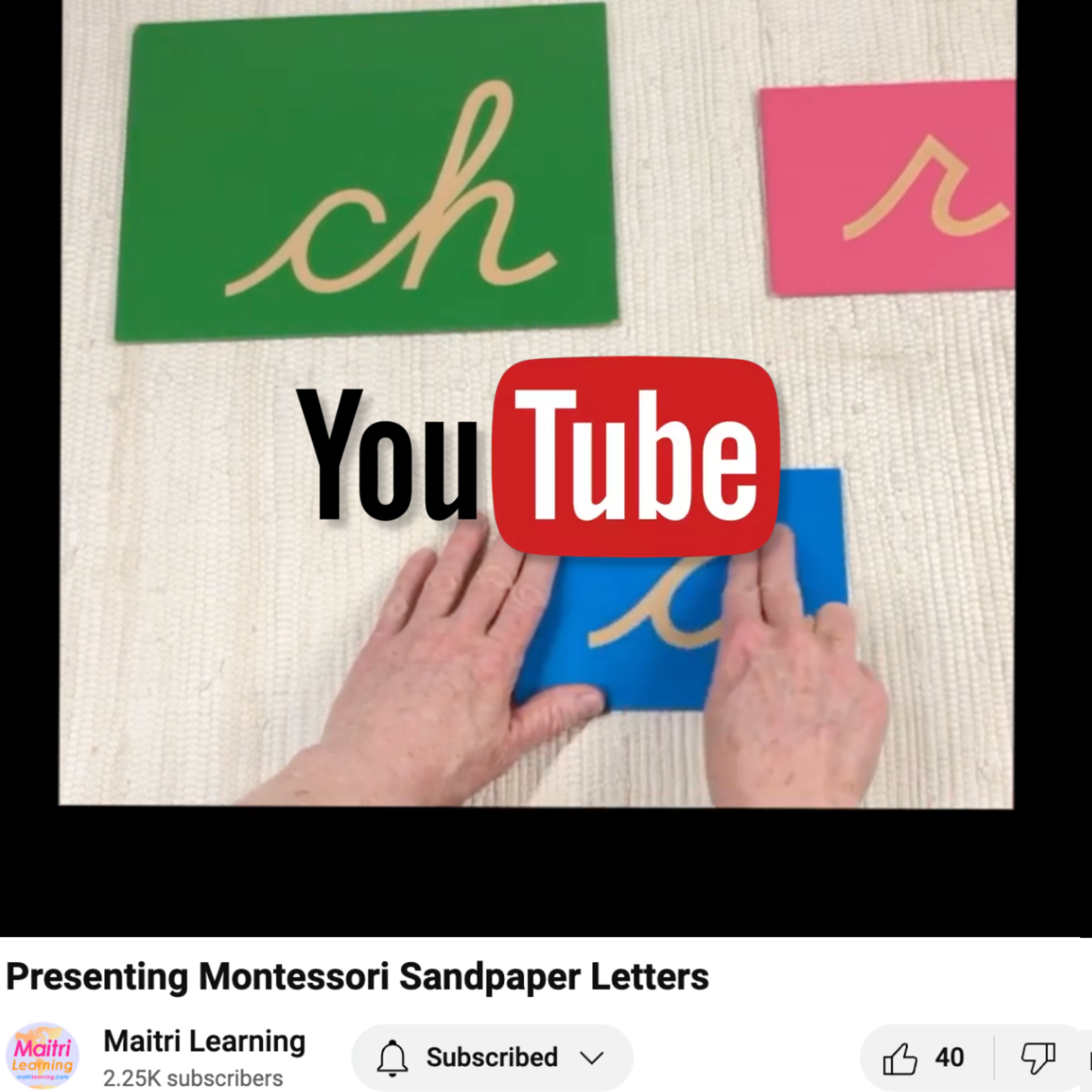Montessori Sensorial Program
Overview
Sensorial is the area of the classroom we most often take for granted. Everyone knows that children love to play with blocks and shapes, right? But we overlook the brilliance of the precise, progressive Montessori materials. We often set the children loose to explore these materials which is like giving a four-year-old a diamond ring; they have no idea of its value or meaning. We must present each material to show them the precise possibilities it holds. Then, and only then, are they free to explore and discover.
Remember that by 2 ½ to 3 years of age, the child has a rich history of sensorial impressions of the world. The sensorial materials do not give the child new impressions, they aid the child in classifying and defining the impressions she has already absorbed. The materials will help the child sort out these impressions—to classify and clarify the knowledge and motor skills the child already possesses. The materials are built to meet the child’s needs to clarify and classify because they are:
- Systematic
- Logical
- Sequential
The practical life area is a prerequisite for the sensorial materials. It is through practical life that the child will achieve refinement of gross and small muscular movement and the internalization of the innate order of the Montessori materials. In general, children must have a basic understanding of the procedure for using materials (choose something, take it to a work area, do the activity, then put it back where you found it as you found it) before you dive in to sensorial. You will never be sorry for spending plenty of time grounding the children in practical life before moving to sensorial!
Within the learning environment, the sensorial materials should be arranged either in order by sense and approximate age of presentation or in order by approximate age of presentation. A list of the materials for each sense in approximate age order is provided below.
|
Visual
|
Tactile
Stereognostic
Sound
|
Baric
Taste
Smell
Thermic
|

Additional Resources
Be sure to practice your presentation alone or with a friend many times before presenting any materials to a child... you want your presentation to be flawless, precise, consistent/repeatable, and completely free from distractions so that the child can focus on, connect with, and learn from the materials. Each lesson is like a choreographed dance that you memorize the movements for. Your performance of the movements must be precise but your interactions with an individual child will of course vary somewhat as you adapt to meet the needs of the moment. This flexibility amidst precision is the true art of guiding children.
- Sensorial Material Organization, Scope & Sequence (a printable version of what is presented above)
- Our blog post on Setting up Sensorial
- Cylinder Blocks video






